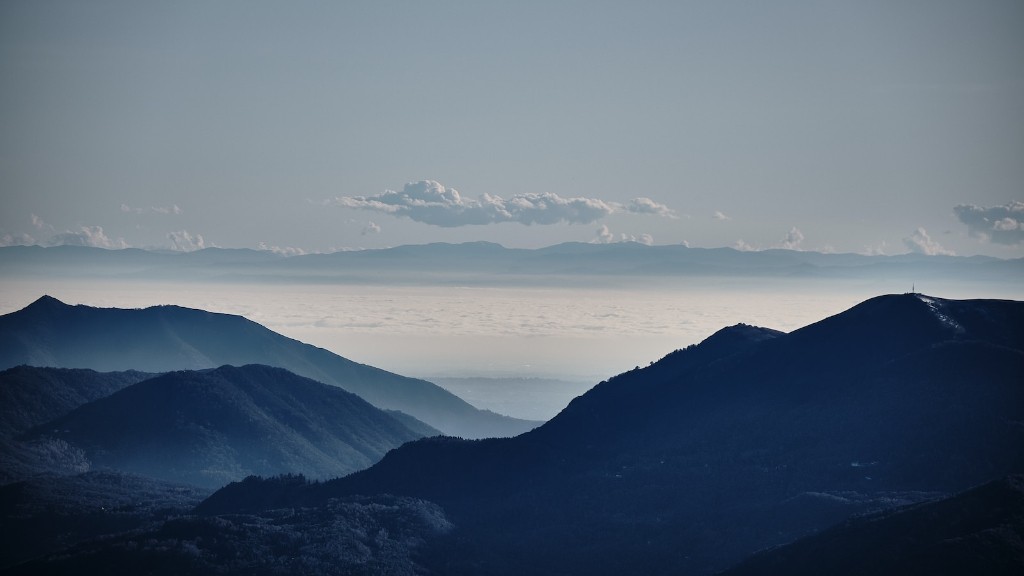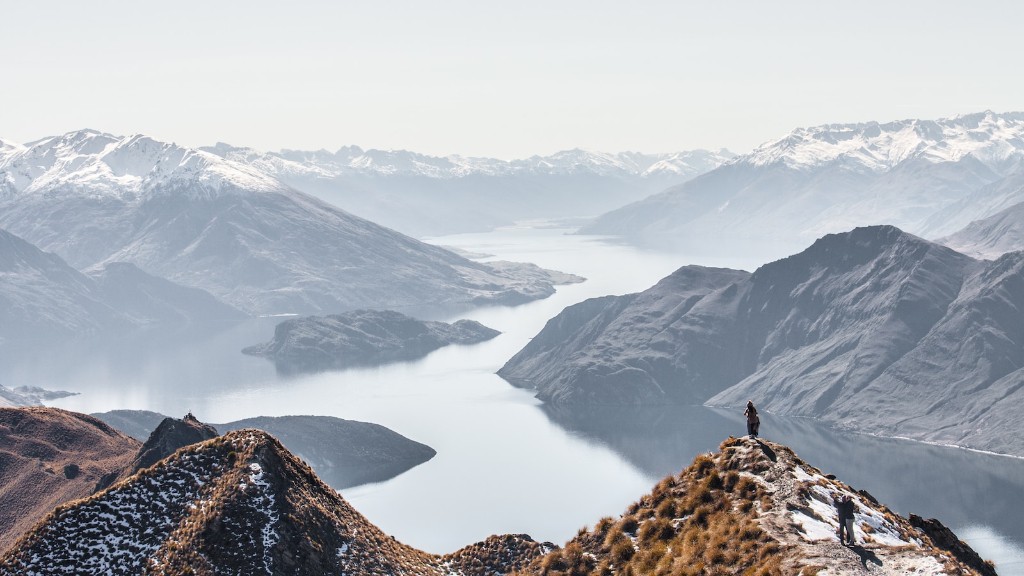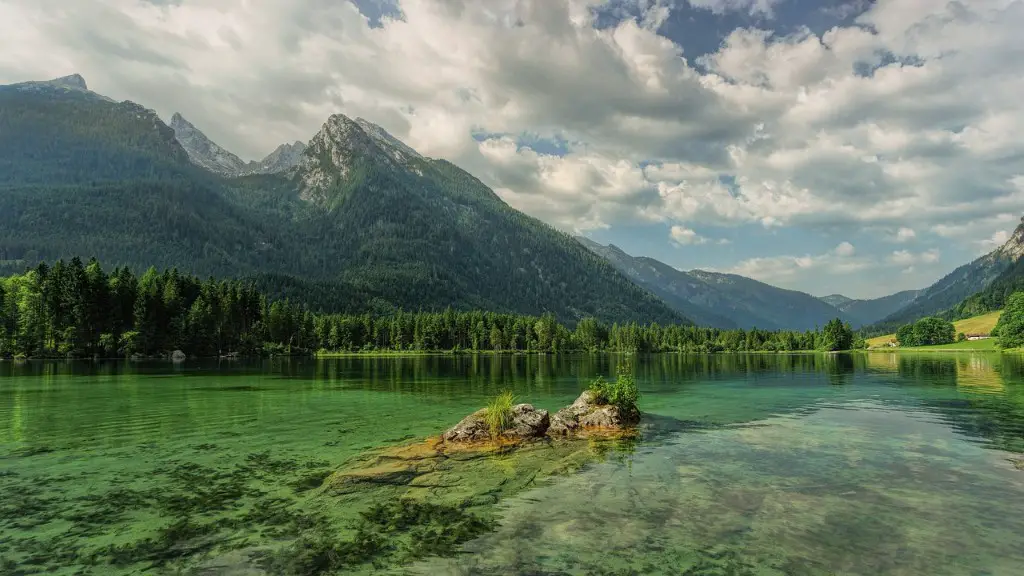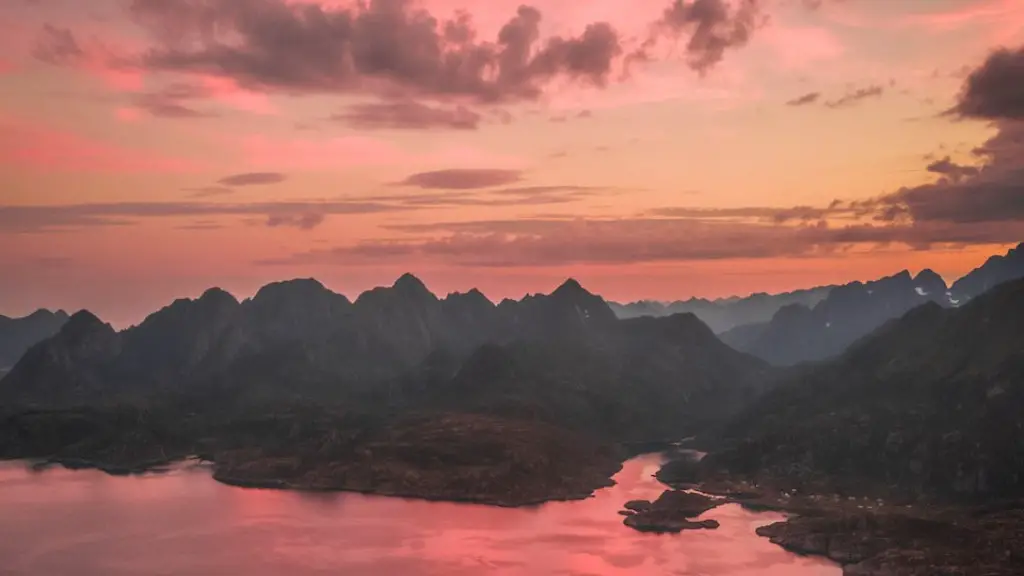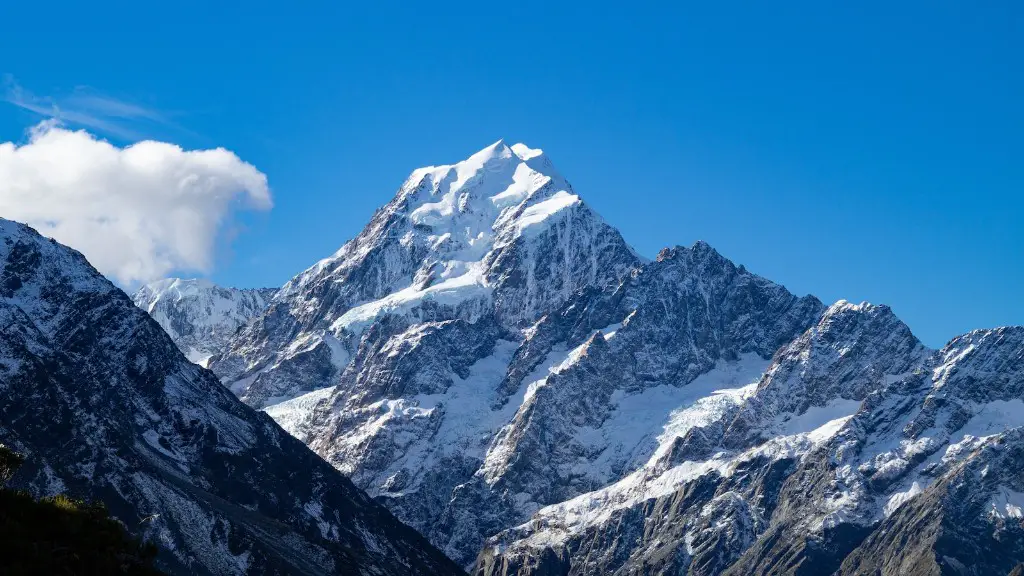In May of 2005, I set out to climb Mount Everest. It was my dream to stand on top of the world, and I was determined to make it happen.
The journey was long and difficult, but ultimately, it was worth it. There is no feeling quite like standing on the summit of Mount Everest. It is an indescribable feeling of accomplishment, pride, and joy.
To anyone who has ever dreamed of climbing Mount Everest, I say go for it. It is an experience you will never forget.
Climbing Mount Everest is an incredibly challenging and difficult experience. It is also an extremely exhilarating and beautiful one. To stand at the top of the world is an incredible feeling, and one that I will never forget.
Is climbing Everest actually hard?
Yes, it is definitely extremely difficult to climb Mount Everest. There are other mountains less high than Everest that are actually harder to climb. Only professional climbers can plan to climb Everest once they are fit in the altitude, have success climbing other mountains, and have built their bodies to function in less oxygen.
Climbing Everest is an incredible experience that will stay with you for the rest of your life. The sense of joy and thankfulness you feel when you reach the summit is unlike anything else. The experience will change you completely. You will never be the same person again.
Can a normal person climb Mount Everest
Climbing Everest is an extremely physically demanding feat that requires a great deal of training and preparation. Most people who attempt to summit the mountain spend at least a year getting themselves into peak physical condition. In addition to being physically fit, it is also important to be comfortable on AD-rated climbs and to have previous experience at high altitudes. Without these things, it is very unlikely that you will be successful in your attempt to reach the top of Everest.
On the peak of Everest, it can take minutes just to catch your breath. That’s because, at an elevation of 8,848 meters (29,029 feet), each breath contains one-third of the oxygen found at sea level. The air is so thin that your body has to work much harder to get the oxygen it needs.
How cold is it at the top of Everest?
The weather and climate of Mount Everest is one of extremes. Temperatures at the summit are never above freezing and during January temperatures can drop as low as -60° C (-76° F). Despite the low temperatures, the biggest issue faced by climbers are hurricane force winds and wind chill.
The Khumbu Icefall is one of the most dangerous parts of the route to the summit of Mount Everest. The icefall consists of layers of gigantic ice blocks that are constantly shifting, creating massive crevasses between them. climbers must use ropes and ladders to navigate their way through the icefall. Many people have been killed or injured in the Khumbu Icefall, and it is considered one of the most dangerous parts of the route to the summit of Mount Everest.
What is the hardest thing about climbing Everest?
A lot of people experience some form of altitude sickness when they travel to high altitudes, but it is usually mild and goes away on its own. However, in some cases, it can be more severe and even life-threatening. This is especially true for climbers of Mt. Everest, who often have to deal with extreme conditions.
Altitude sickness occurs when the body is unable to adjust to the lower oxygen levels at high altitudes. This can cause a range of symptoms, from mild to severe, including headache, fatigue, shortness of breath, and even vomiting and diarrhea. In the most severe cases, it can lead to brain edema, which can be fatal.
While there is no sure way to prevent altitude sickness, there are some things that can help, such as acclimatizing slowly to the altitude, drinking plenty of fluids, and avoiding strenuous activity. If you do start to experience symptoms, it is important to descent to a lower altitude as soon as possible.
If you’re looking to lose weight while climbing Everest, you’re in luck. One study found that climbers generally lose between ten and 20 pounds. However, you should still eat simple, easy-to-carry foods while climbing at altitude to maintain your strength.
What happens if you fall on Mount Everest
The final 4,029ft of the ascent up Mount Everest is known as the Death Zone. This is because above 25,000ft, the body can no longer acclimatize to the altitude; the lungs can’t get enough oxygen and cells begin to die.
There are only two routes to scaled the world’s tallest peak, from either the Everest North side in Tibet, or the Everest South side in Nepal. While Chinese authorities impose an age limit of 18-60 for those wishing to scale the peak from the Tibet side, there is no such age limit for those coming from the Nepal side. Climbers must simply be a minimum of 16 years old.
What’s the fastest someone has climbed Everest?
Nirmal ‘Nims’ Purja has set two new world records, marking yet another 8,000m season where he has pushed the boundaries of his sport further than many thought possible. In just eight days, 23 hours and 10 minutes, Purja summited Everest, Lhotse and Kanchenjunga – all without supplementary oxygen. This is an incredible feat, and one that cements Purja’s place as one of the most accomplished mountaineers in the world.
Lhakpa Sherpa is an experienced climber and knows the risks of spending too much time in the death zone. The death zone is the area above 26,000 feet (8,000 meters) where the air is so thin that the body can’t get enough oxygen to function properly. Spending too much time in the death zone can lead to altitude sickness, which can be fatal.
Climbers typically try to make it to the summit and back to Camp Four in a single day, spending as little time as possible in the death zone. This is very difficult to do, and Lhakpa Sherpa says it is by far the most difficult day of the journey.
How cold is the death zone on Mount Everest
The temperatures in the death zone never rise above zero degrees Fahrenheit. This is because the atmospheric pressure is so low that the boiling point of water is also very low. As a result, any exposed skin freezes instantly. A loss of blood circulation to climbers’ fingers and toes can cause frostbite, and in severe cases — if the skin and underlying tissues die — gangrene.
The death zone is the name given to the altitude above 8,000 meters (26,247 feet) on Mount Everest. Above this altitude, the air is so thin that the human body cannot function properly. The death zone is also characterized by extreme cold, strong winds, and large amounts of snow.
Most of the 200+ climbers who have died on Mount Everest have died in the death zone. The main cause of death in the death zone is exposure to the cold and wind. Other causes of death include avalanches, falls, and falls into crevasses.
People are advised not to stay in the death zone for more than 16 to 20 hours. Shorter stays can also be deadly. The most dangerous time in the death zone is during the night when the temperature plummets and the wind picks up.
Why do Sherpas not need oxygen?
Sherpas are an ethnic group from Nepal who are known for their ability to withstand high altitudes. The secret behind this ability lies in their cells; Sherpas have differences in their mitochondria, which means they use oxygen very efficiently. This makes them ideal candidates for climbing Everest, as they are less likely to experience altitude sickness.
The top 3 causes of death on Everest are avalanches, falls and collapses, and mountain sickness with brain or lung edema.
Avalanches are the most common cause of death on Everest, accounting for about 60% of all fatalities. In 2014 and 2015, there were several large avalanches that killed many climbers.
Falls and collapses are the second most common cause of death on Everest, accounting for about 25% of all fatalities. Most falls occur during descents when climbers are exhausted and their concentration is reduced.
Mountain sickness with brain or lung edema is the third most common cause of death on Everest, accounting for about 10% of all fatalities. Mountain sickness is caused by the effects of altitude on the human body, and can be fatal if not treated promptly.
Can I climb Mount Everest for free
Do you want to go on an amazing trekking adventure, but don’t want to pay for it? Then all you need to do is find ten people to join you on the trip! If you bring ten others with you on the trek, and they all pay for their trek, you can get your place FOR FREE! So what are you waiting for? Start finding people to join you on this once-in-a-lifetime trekking experience!
George Mallory’s body was found in 1999, 75 years after his death in 1924. Mallory had attempted to climb Everest, but he disappeared before anyone knew if he had succeeded. His body was found after an unusually warm spring.
Final Words
It feels amazing to climb Mount Everest! The views are incredible and the sense of accomplishment is indescribable. Every step is a challenge, but it is so worth it when you reach the top.
It is difficult to put into words how it feels to climb Mount Everest. It is an experience that is both exhilarating and exhausting, both spiritually and physically. For those who are lucky enough to reach the summit, it is an achievement that will stay with them for the rest of their lives.
